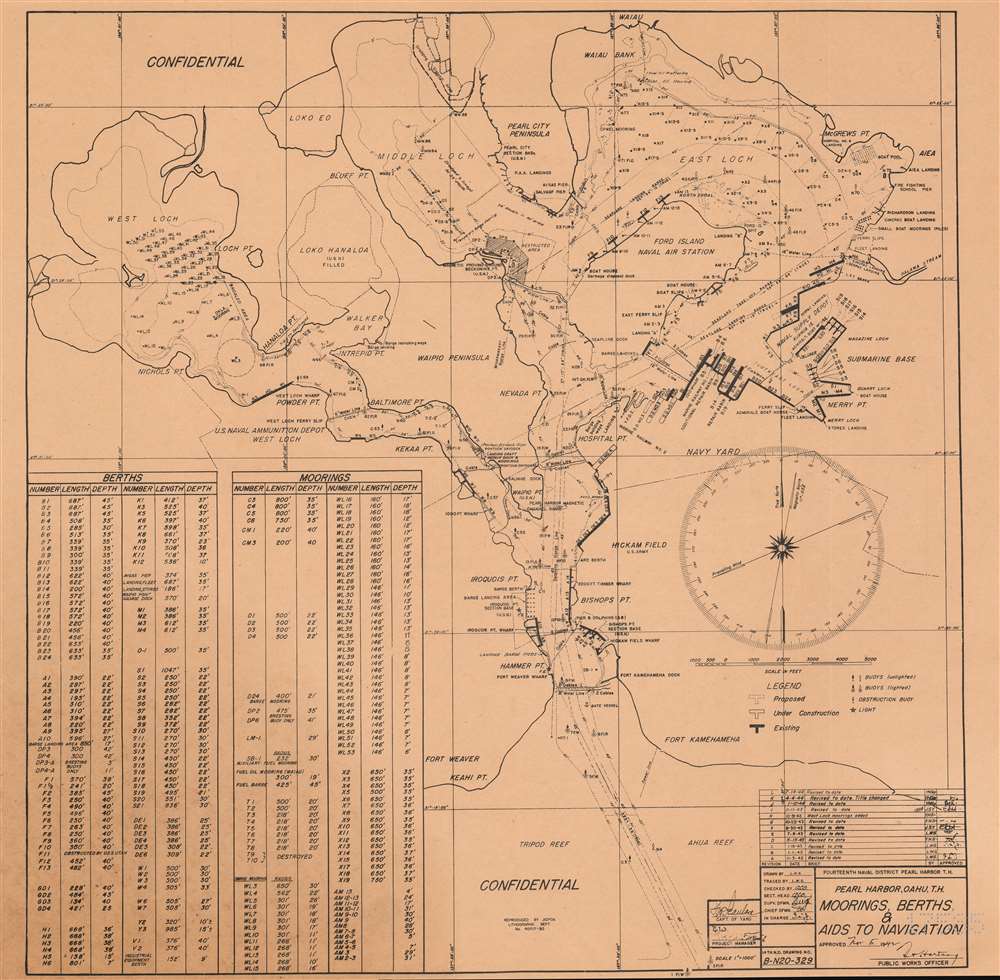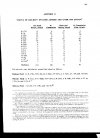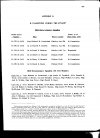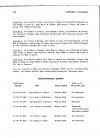rascal1225
Banned
The chart I linked to is not appreciably different than a 1944 one:

The works you refer to was to straighten the channel decades before.
A sunk ship won't block both channels and bending a channel around a wreck wont take aslong as digging a whole new channel.
Thanks for providing that 1944 Moorings and Berthings Chart , I found a zoomable version at https://www.geographicus.com/P/AntiqueMap/pearlharbormoorings-usnavy-1944 for old guys like me who can't see all that well any longer.
The 1941 dated PH navigation chart which I used to consult seems to be a dead link these days. And sadly the wayback machine didn't capture it either. I am left with:
"The Pearl Harbor Entrance Channel commences some 4,000 yd from "Papa Hotel" on a bearing of 333º36'. The entrance channel is marked by lighted and unlighted buoys and a lighted range. With an approximate width of 350 yd, the channel has an initial project depth of 49.9 ft (15.2 m) near the center and 45 ft (13.7 m) on either side of the central 100 yd wide main channel. The central channel project depth decreases to 45 ft (13.7 m) approximately one nmi north of the channel entrance. The project depths on either side of the central channel decrease to 40 ft (12.2 m) at the same location. The same depths are maintained in the Main Channel to a point adjacent to Dry Docks 1 and 2. Channel depths within Pearl Harbor vary by location, and should be verified with the Pearl Harbor Port Operations Office. "
from the also modern https://www.globalsecurity.org/military/facility/pearl_harbor.htm
Its true that dredging a channel around a wreck in the PH entrance channel won't take nearly as long, nor cost nearly as much, as dredging an entirely new entrance channel out to the Pacific. However, the question quickly becomes, how much time do you actually have ? Had Nagumo, for instance, authorized a 3rd wave air strike on the afternoon of Dec.7'41 or the on Dec.8'41 then dredging around a wrecked USS Nevada blocking the PH entrance channel is NOT going to provide any exit relief for all of the USN warships trapped by her, still inside of Pearl Harbor.
With most of Gen. Short's fighter aircraft also wrecked on Oahu's airfields, the expression "like shooting fish in a barrel" comes quickly to mind.
Last edited:


